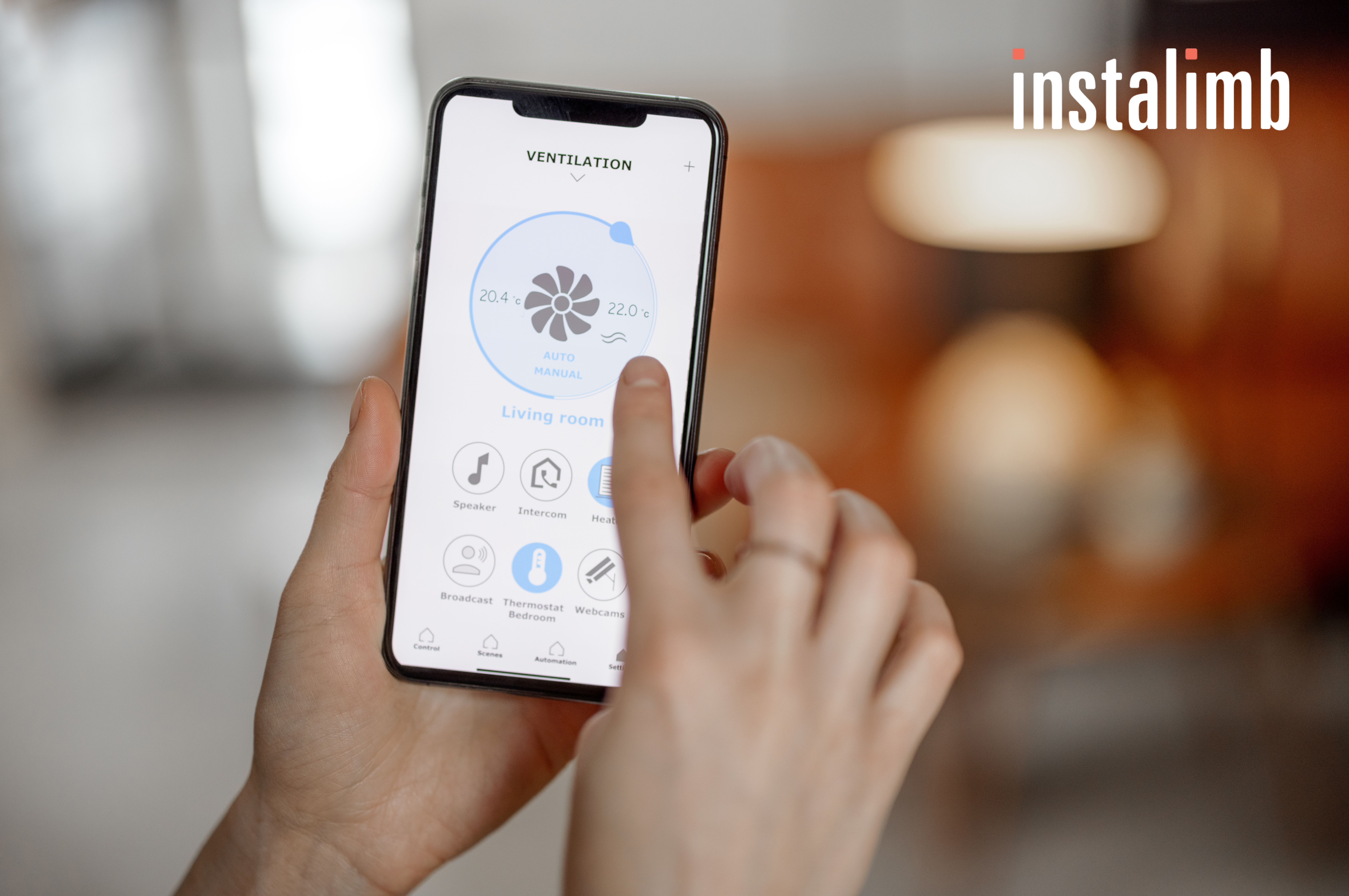Adapting your home for accessibility is crucial for maintaining independence and comfort after an amputation. Whether you are adjusting to life with a new prosthetic limb or planning modifications to accommodate your mobility needs, creating a safe and accessible living environment is essential. Here are some practical tips and strategies to help you make your home more accessible.
Assess Your Home
Start by conducting a thorough assessment. Walk through each room and identify potential obstacles and areas that need modification. Consider your daily routines and the specific challenges you face with your prosthetic limb. Consulting with an occupational therapist can also provide valuable insights and recommendations tailored to your needs.
Enhance Entryways and Exits
Make entryways and exits easily accessible to facilitate movement in and out of your home. Consider these modifications:
- Ramps: Install ramps to eliminate steps at entry points. Also ensure they have a gentle slope and non-slip surface for safety.
- Widen Doorways: Widen doorways to accommodate mobility aids like wheelchairs or walkers. Aim for a width of at least 32 inches.
- Thresholds: Remove or lower thresholds to create a smooth transition between rooms, hence reducing the risk of tripping.
Make Bathrooms Safe and Accessible
Bathrooms are often the most challenging areas to navigate, but several modifications can enhance safety and accessibility:
- Grab Bars: Install grab bars near the toilet, shower, and bathtub to provide support and stability.
- Shower Seats and Handheld Showers: Use a shower seat and handheld showerhead to make bathing more comfortable and secure.
- Non-Slip Flooring: Apply non-slip mats or flooring to avoid falls in wet areas.
- Raised Toilet Seats: Consider using a raised toilet seat or by adding toilet seat risers for easier transfers.
Adapt the Kitchen
Design the kitchen to allow easy and safe meal preparation:
- Adjustable Workstations: Install adjustable-height countertops and workstations for easy access.
- Pull-Out Shelves: Use pull-out shelves in cabinets to access items without bending or reaching.
- Lever-Handled Faucets: Additionally, install lever-handled faucets for easier use.
- Accessible Appliances: Use appliances with front controls and side-opening doors. Consider a wall oven, which is easier to access than a traditional stove.
Modify Living Areas
Make sure your living area is spacious and free of obstacles to ensure smooth movement:
- Furniture Arrangement: Arrange furniture to create clear pathways and avoid clutter. Moreover, ensure there is enough space to maneuver around with a prosthetic limb or mobility aid.
- Flooring: Opt for hard flooring surfaces like wood or tile instead of carpet, which can be difficult to navigate with a prosthetic limb. Use area rugs with non-slip backing if needed.
- Lighting: Ensure adequate lighting throughout your home to improve visibility and reduce the risk of accidents.
Adapt the Bedroom
Your bedroom should be a comfortable and accessible space for rest and relaxation:
- Bed Height: Also ensure the bed height allows for easy transfers. Bed risers or adjustable bed frames can help achieve the optimal height.
- Bedside Essentials: Keep your essentials including phone, medications, and water within easy reach of your bed.
- Closet Accessibility: Additionally, use adjustable rods and shelves in closets to make clothing and personal items more accessible.
Integrate Smart Home Technology
Last but not least, enhance accessibility and independence with smart home technology:
- Voice-Controlled Devices: Use voice-controlled devices for lighting, thermostats, and home security systems.
- Automated Doors: Install automated door openers for easier access to rooms and entryways.
- Smart Appliances: Utilize smart appliances that can be controlled by smartphone or voice commands for added convenience.
Hence, adapting your home for accessibility with a prosthetic limb is a critical step toward maintaining independence and improving the quality of life. Additionally, making thoughtful modifications and utilizing available resources, you can create a safe, comfortable, and accessible living environment. At Instalimb, we support amputees in their journey toward a more accessible and fulfilling life. In case you need assistance or advice, don’t hesitate to reach out to our team of experts.
So, if you’re looking for a new artificial leg, interested in a free consultation, confused if your socket is the right fit, or have any other queries, now is the time to reach out to us and try a test socket free of cost. Step it up with Instalimb – Contact us today!


